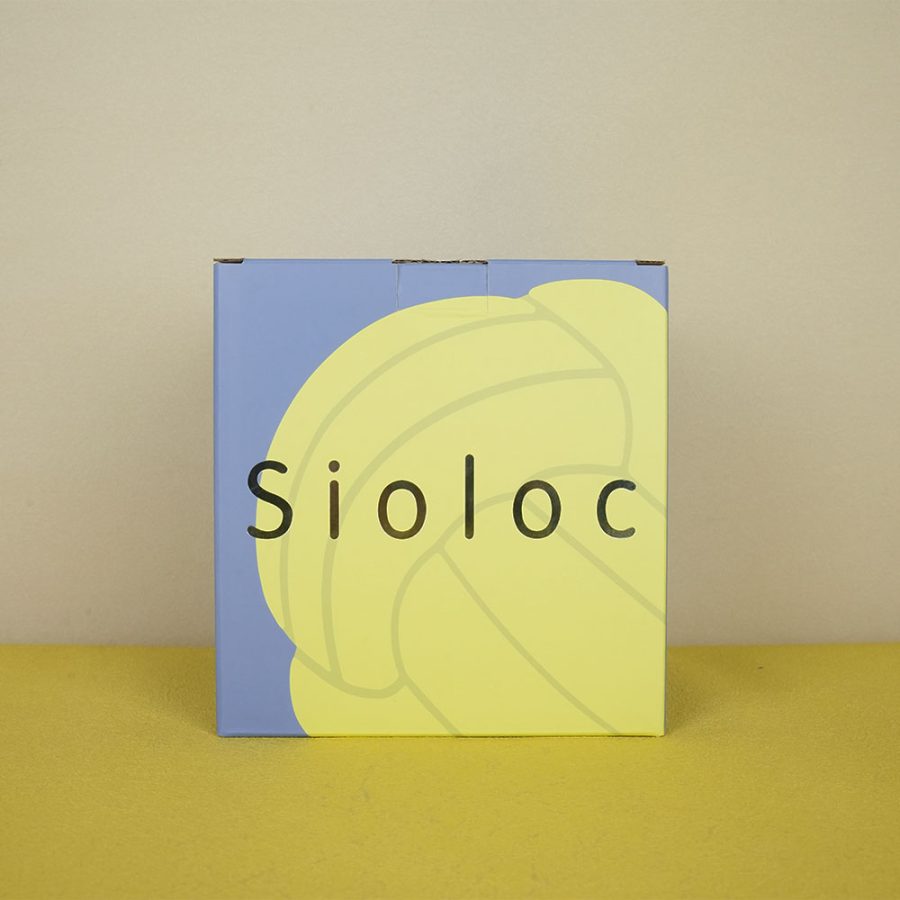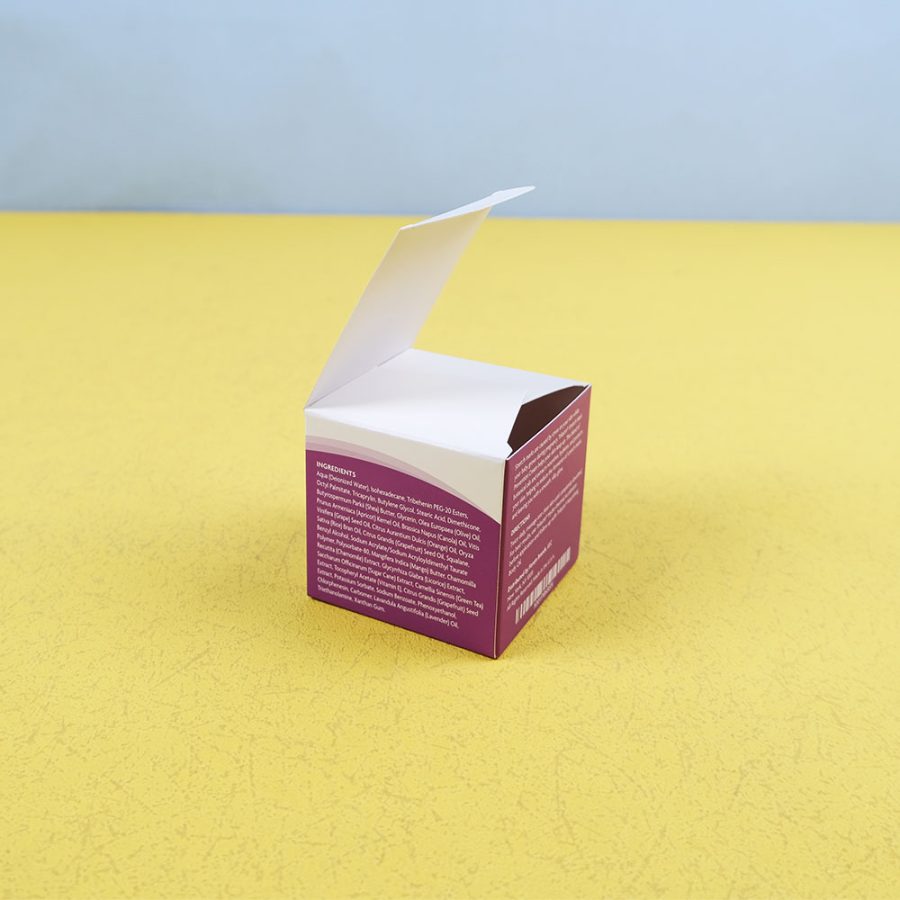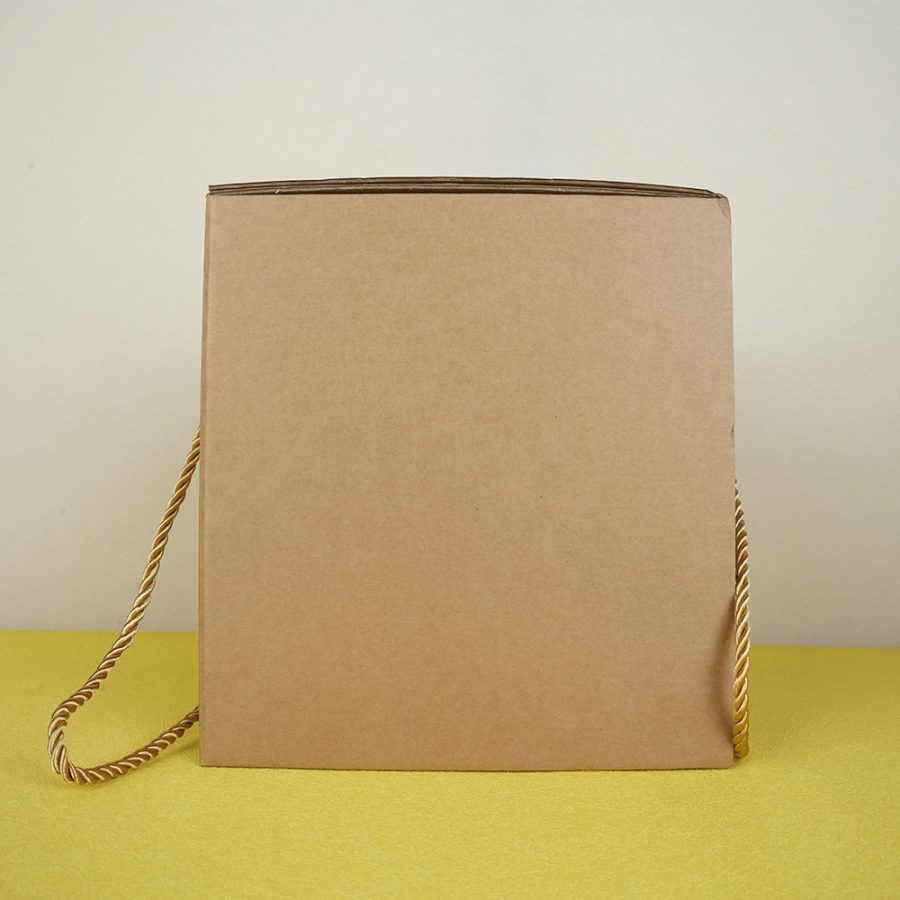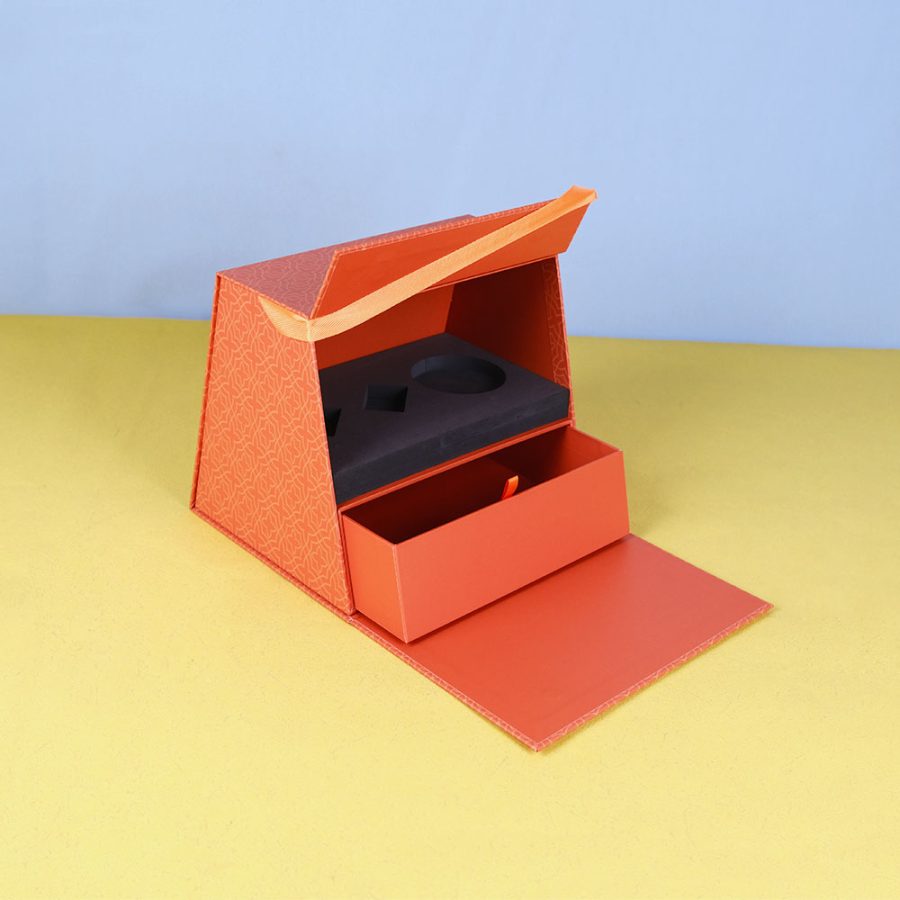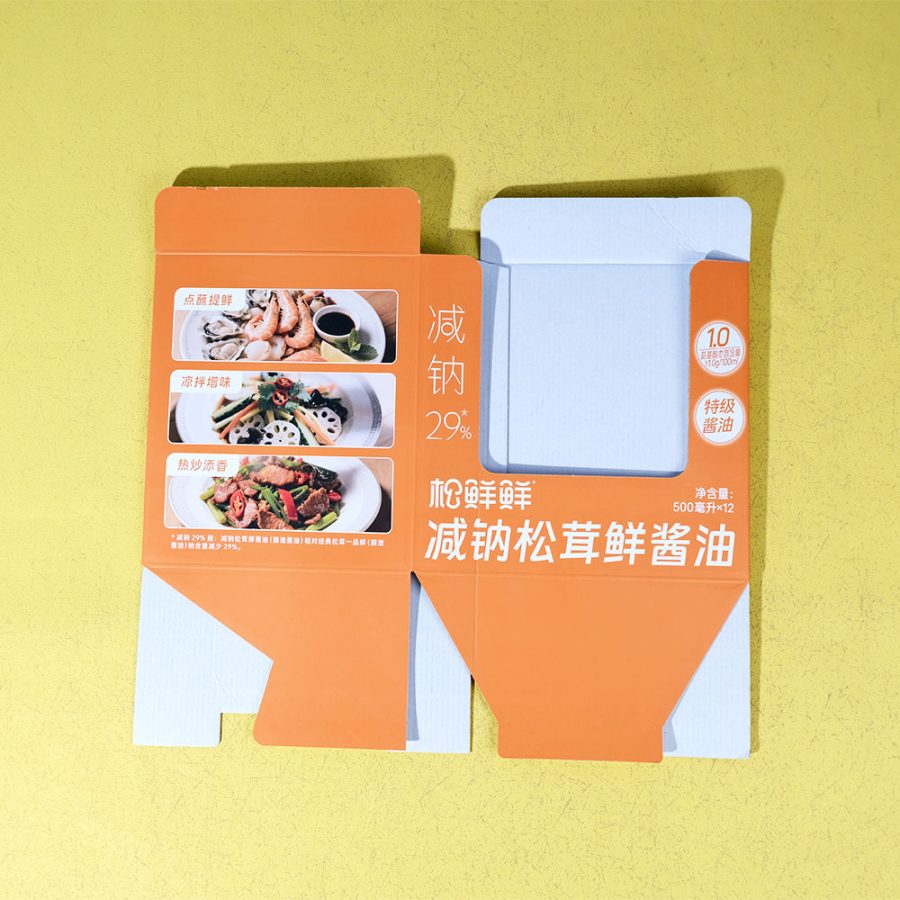How to Minimize Packaging Waste Through Sustainable Packaging
In a world increasingly driven by environmental awareness and responsible consumption, businesses are under growing pressure to reduce their ecological footprint. One major contributor to industrial and consumer waste is packaging—but it’s also one of the easiest areas to make a measurable difference. Sustainable packaging offers a practical, eco-conscious approach to minimizing waste while maintaining product integrity and enhancing brand value.
What Is Sustainable Packaging?
Sustainable packaging refers to materials and designs that have minimal impact on the environment and are resource-efficient throughout their life cycle—from production and transportation to disposal or recycling.
✅ To qualify as sustainable, packaging should:
✅ Be recyclable, compostable, or reusable
✅ Use minimal material without compromising function
✅ Be produced using renewable or recycled resources
Support a circular economy by keeping materials in use for as long as possible
♻ Why Reducing Packaging Waste Matters
Environmental Impact: Single-use packaging, especially plastics, often ends up in landfills or oceans, contributing to pollution and harming ecosystems.
✅ Consumer Expectations: Eco-conscious consumers are increasingly demanding sustainable solutions from the brands they support.
✅ Regulatory Pressure: Many regions are introducing packaging waste regulations and Extended Producer Responsibility (EPR) frameworks.
✅ Cost Efficiency: Efficient packaging reduces raw material usage, shipping weight, and storage space, saving money over time.
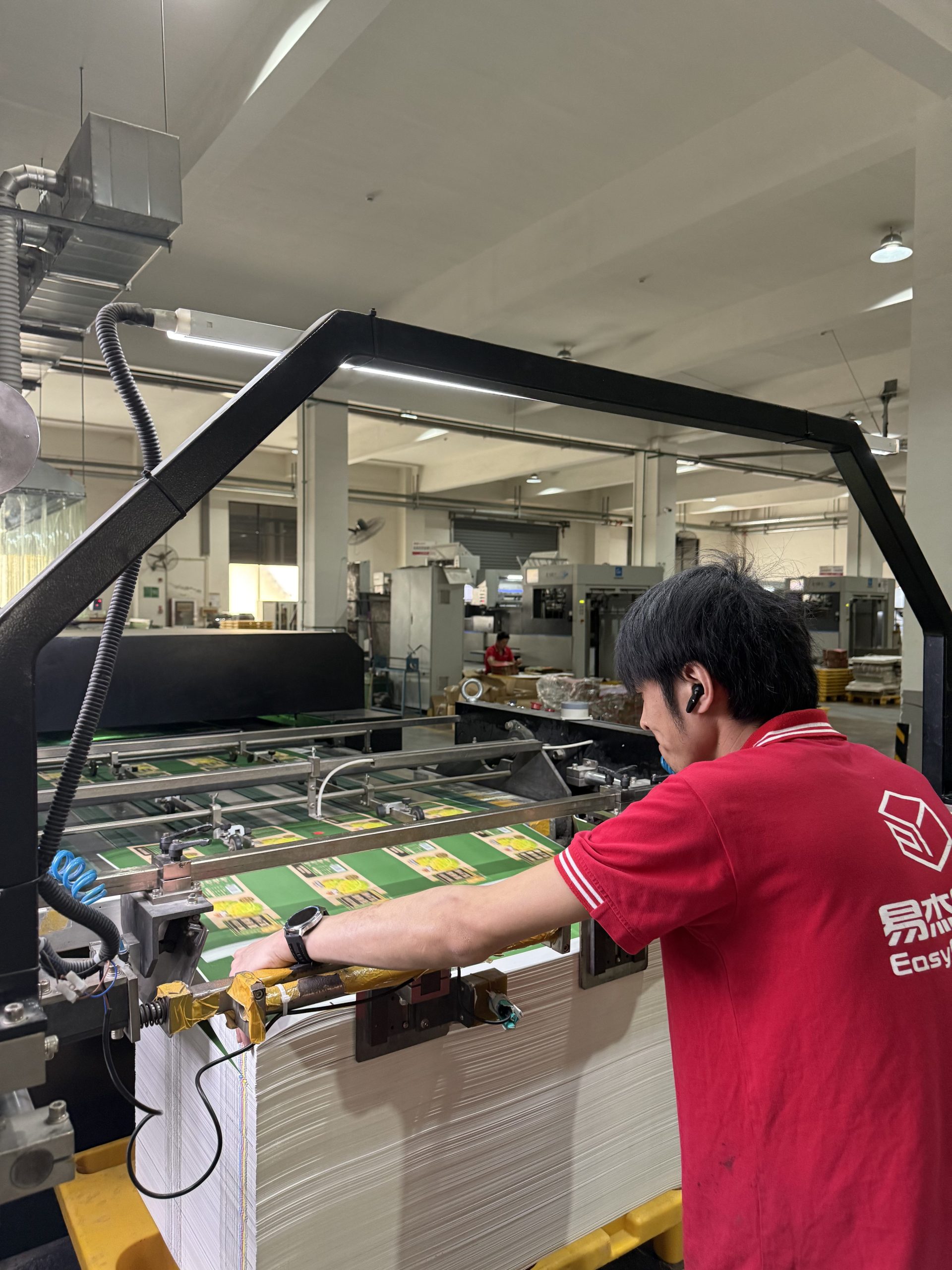
Practical Ways to Minimize Packaging Waste
1. Choose Eco-Friendly Materials
✅ Switch to materials that are:
✅ Biodegradable or compostable (e.g., kraft paper, plant-based plastics)
✅ Recycled and recyclable (e.g., corrugated cardboard, PET)
✅ Mono-materials that are easier to recycle (avoid mixing plastic types)
Example: Replacing plastic clamshells with molded pulp trays significantly reduces landfill-bound waste.
2. Design for Minimalism
Adopt a “less is more” philosophy in packaging:
✅ Eliminate unnecessary layers (e.g., inner boxes, excess fillers)
✅ Use die-cut designs to reduce material usage
✅ Reduce the size and weight of the packaging to minimize shipping emissions
Tip: Smart structural engineering can ensure protection without bulk.
3. Offer Reusable Packaging
Encourage customers to reuse packaging or return it for reuse:
✅ Use fabric bags, sturdy boxes, or refillable containers
✅ Implement take-back or refill programs for certain product types (e.g., cosmetics, detergents)
✅ Brands like Loop and Lush have seen success with refillable or returnable packaging programs.
4. Educate Your Customers
Add clear messaging to your packaging:
✅ Explain how to recycle or reuse the package
✅ Use icons and QR codes linking to disposal instructions or sustainability info
✅ Encourage sustainable behavior through incentives (e.g., discounts on refills)
Clear guidance increases the chance that packaging ends up in the correct waste stream.
5. Optimize Logistics
Use right-sized packaging to avoid void fill and reduce transportation bulk
✅ Implement flat-pack or collapsible designs to increase shipping efficiency
✅ Bundle shipments when possible to minimize materials per order
✅ Reducing volume not only saves space but also lowers your carbon footprint during distribution.
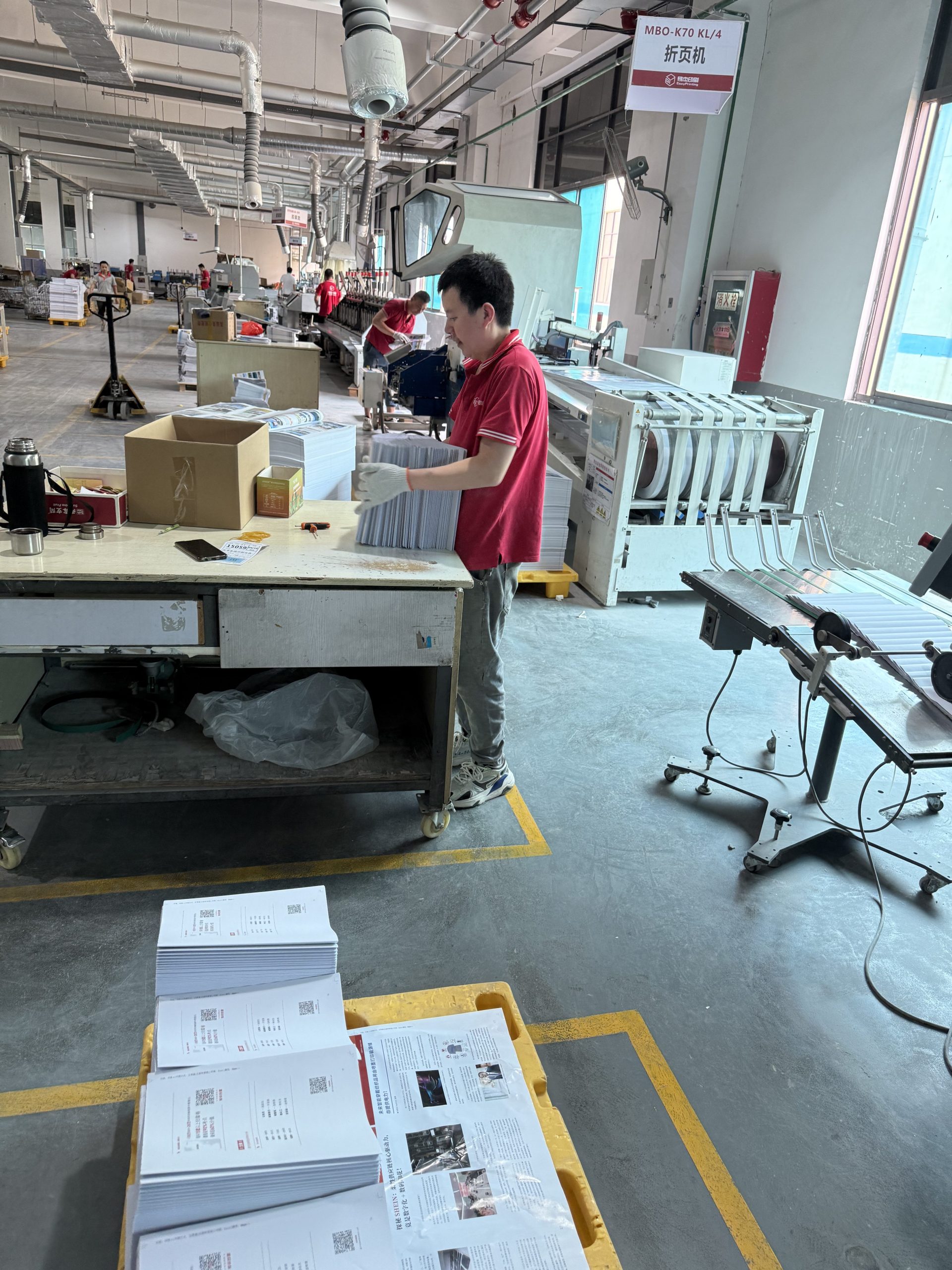
The Role of Companies in Driving Change
Companies across industries—from food and beverage to electronics and fashion—play a crucial role in shaping a more sustainable future. By investing in R&D for sustainable materials, partnering with green suppliers, and auditing their packaging footprints, businesses can make packaging a driver of environmental progress rather than a liability.
Case Study Insight
At Wuxi Box Printing Technology Co., Ltd., we work closely with clients to integrate sustainable practices into every stage of packaging development. From selecting recyclable substrates to optimizing package size and printing with eco-friendly inks, our commitment to low-waste packaging supports both environmental goals and brand integrity.
Getting Started: A Sustainability Checklist
Here’s a simple checklist to help your business transition to more sustainable packaging:
✅ Use recyclable or biodegradable materials
✅ Avoid over-packaging and oversized containers
✅ Source materials locally where possible
✅ Provide disposal/recycling instructions
✅ Continuously evaluate and improve your packaging strategy
Conclusion: A Win-Win for Business and the Planet
Minimizing packaging waste through sustainable practices isn’t just a trend—it’s a necessity. By reducing environmental harm, aligning with consumer values, and improving efficiency, sustainable packaging provides long-term benefits for brands and the world.



